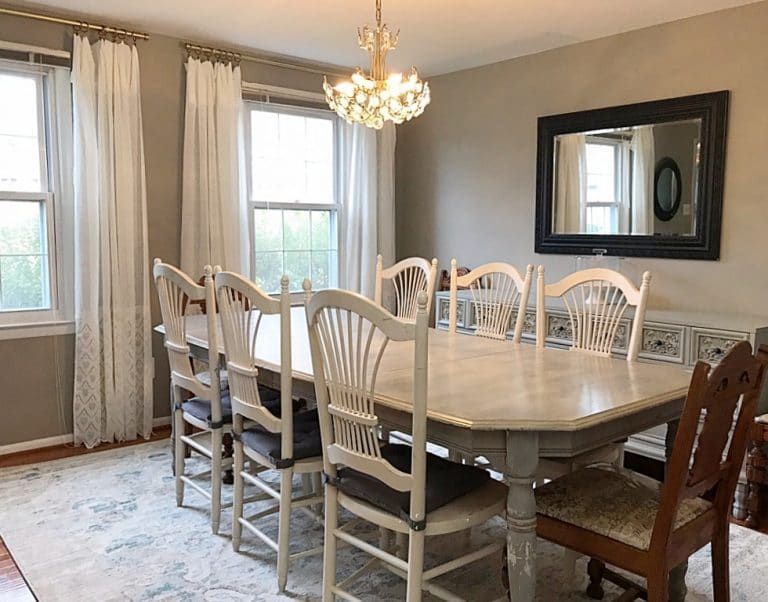Fawn is a shade of light brown that can vary in tone, ranging from soft tan to light reddish or yellowish-brown. It is often described as a neutral and calming color that can add warmth and elegance to any space. In the world of interior design, fawn is often referred to as a “blond” or “cream” color.
When it comes to choosing paint colors that complement fawn, there are several options that can create a harmonious and visually appealing palette. One popular choice is Sherwin Williams Fawn Brindle, a greige color that blends the warmth of brown with the coolness of gray. This versatile shade can work well in a well-lit room, especially when paired with brown or gray accents.
For a more dramatic look, darker greiges like Urbane Bronze and Porpoise can be paired with fawn. These deeper shades add depth and richness to the overall color scheme, creating a sophisticated and cozy atmosphere.
If you prefer a lighter and more airy feel, medium-toned grays with blue undertones can be an excellent choice. These shades of gray create a cool and refreshing ambiance, while still complementing the warmth of fawn. Blues and greens can also be used as accents to enhance the overall color palette.
When working with fawn, it’s important to consider the lighting in the room. Natural light can bring out the warmth and richness of the color, while artificial lighting may alter its appearance. It’s always a good idea to test paint samples in different lighting conditions to ensure the desired effect.
Fawn is a beautiful and versatile color that can add a touch of elegance and tranquility to any space. Whether paired with darker greiges, medium-toned grays, or accents of blue and green, fawn can create a harmonious and inviting atmosphere. So, if you’re looking for a color that exudes warmth and sophistication, consider incorporating fawn into your design palette.
What Is Another Color For Fawn?
Another color that is similar to fawn is beige. Beige is a light brown color with a creamy or sandy undertone. It can also be described as a pale, neutral shade of brown. Beige and fawn share a similar lightness and warmth, making them comparable in terms of color. Additionally, the term “buff” can also be used to describe a similar color to fawn. Buff is a light yellowish-brown or tan shade that can be seen as an alternative to fawn. beige and buff are alternative colors for fawn, providing a variety of options when describing similar shades of light brown.

Is Fawn A Neutral Color?
Fawn is considered a neutral color. A neutral color is typically defined as a hue that doesn’t lean towards any particular color family, such as white, black, gray, or brown. Fawn, which is a light yellowish-brown color resembling the coat of a young deer, fits this description as it doesn’t have a strong undertone of any specific color. It can be easily paired with a variety of other colors and used as a base or accent color in interior design and fashion.
What Colors Go Well With Fawn?
When it comes to choosing paint colors that complement fawn, there are several options to consider. Fawn is a warm, neutral color with undertones of brown and beige, so it pairs well with a variety of other shades. Here are some color combinations that work well with fawn:
1. Earthy Neutrals:
– Light or medium-toned greiges (a combination of gray and beige) create a cohesive and harmonious look. Consider colors like “Agreeable Gray” or “Repose Gray” by Sherwin Williams.
– Taupe is another great option that adds depth and richness to the space. Try shades like “Balanced Beige” or “Poised Taupe” by Sherwin Williams.
2. Warm Browns:
– Deep, rich browns can create a cozy and inviting atmosphere when paired with fawn. Consider shades like “Mocha” or “Chocolate Brown” by Benjamin Moore.
– For a softer look, opt for lighter shades of brown like “Sandy Brown” or “Beach House” by Benjamin Moore.
3. Cool Blues and Greens:
– Fawn can also be paired with cool shades to create a more balanced and refreshing look.
– Light blues with gray undertones, such as “Sea Salt” or “Silver Strand” by Sherwin Williams, can create a serene and calming ambiance.
– For a pop of color, consider pairing fawn with a soft green like “Sage Green” or “Seafoam” by Benjamin Moore.
4. Accent Colors:
– To add interest and depth to a room with fawn walls, consider incorporating accent colors.
– Darker shades like navy blue or charcoal gray can create a sophisticated and elegant look.
– For a brighter and more vibrant feel, consider accents in shades of coral, mustard yellow, or burnt orange.
Remember, when choosing paint colors to complement fawn, it’s important to consider the lighting in the space and the overall mood you want to achieve. It’s always a good idea to test paint samples on the walls before committing to a color to ensure it complements the fawn shade and overall aesthetic of the room.
Is Fawn Orange?
Fawn is not orange. Fawn is actually a yellowish light brown color. It is often described as a moderate orange yellow. While it may have some similarities to orange due to its warm undertones, fawn is distinct in its own right. The first recorded use of the term “fawn” as a color name in English was in 1789. It is important to note that fawn is a specific shade and should not be confused with other colors such as orange or beige.

Conclusion
Fawn is a shade of light brown that can vary in tone from soft tan to light reddish or yellowish-brown. It is often referred to as “blond” or “cream” in some contexts. Sherwin Williams Fawn Brindle is a popular neutral paint color choice that falls within the fawn spectrum. It is a greige color, which means it has both gray and beige undertones, making it versatile and complementary to a range of accent colors. For a well-lit room, darker greiges like Urbane Bronze and Porpoise can work well with Fawn Brindle. Additionally, medium-toned grays with blue undertones can create a harmonious color scheme. Ultimately, the color fawn exudes a warm and earthy feel, making it a popular choice for a variety of design applications.
